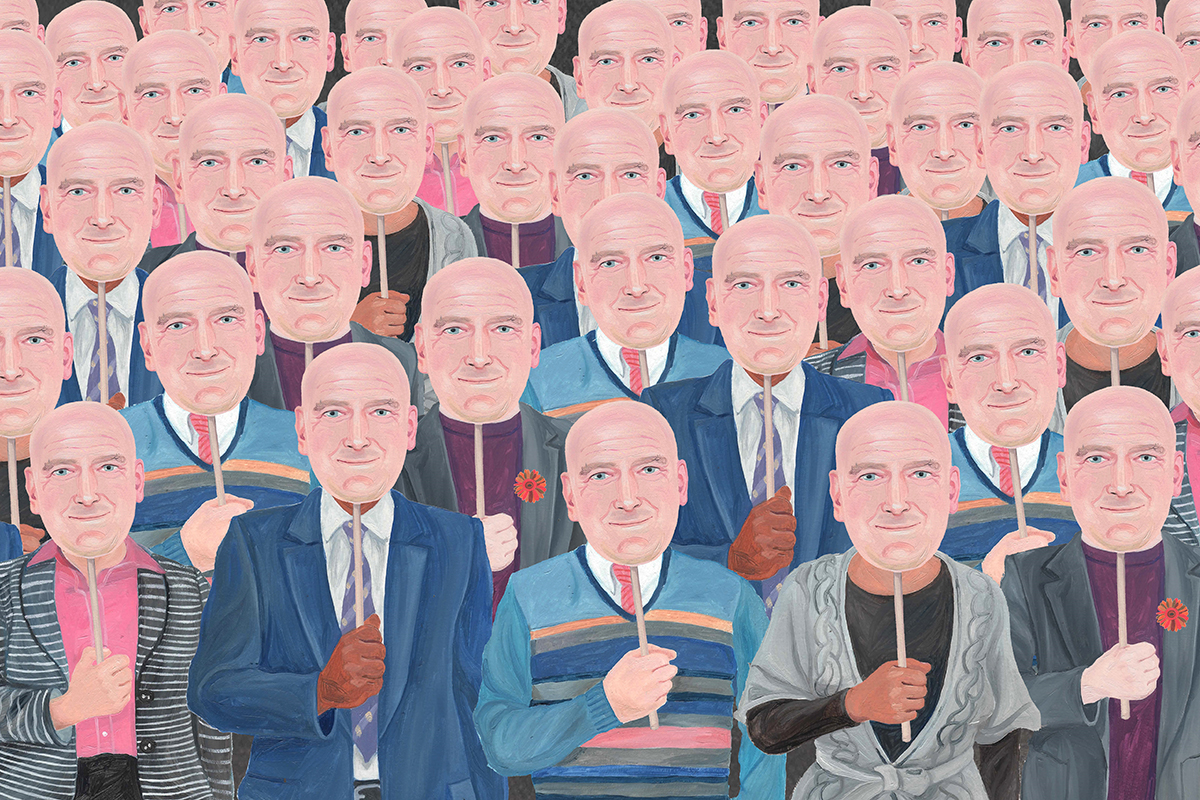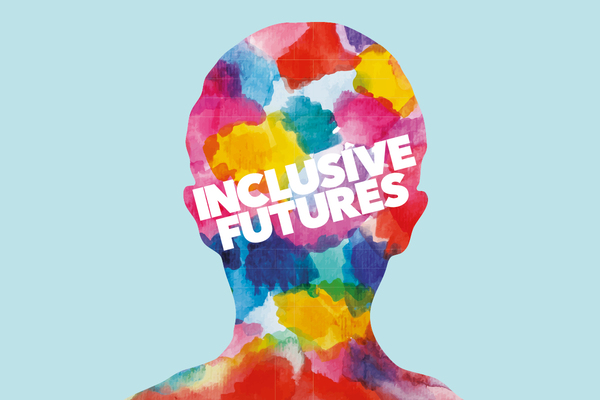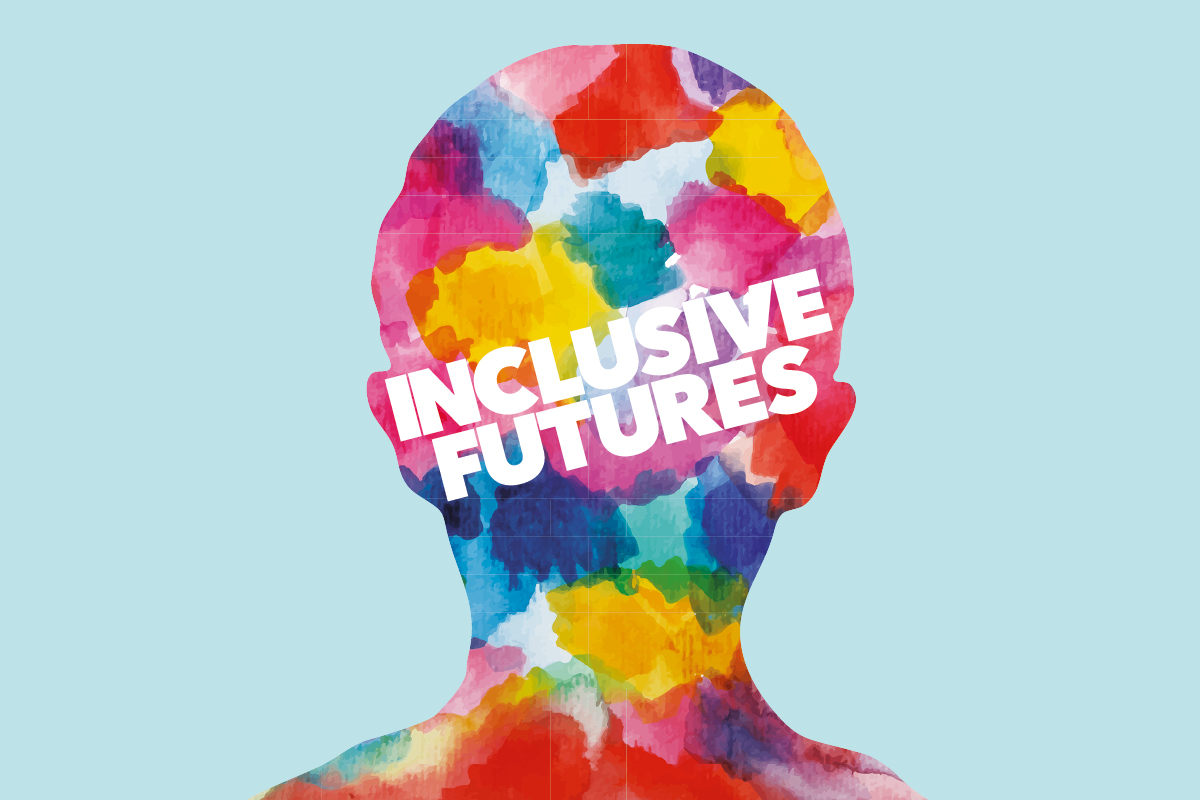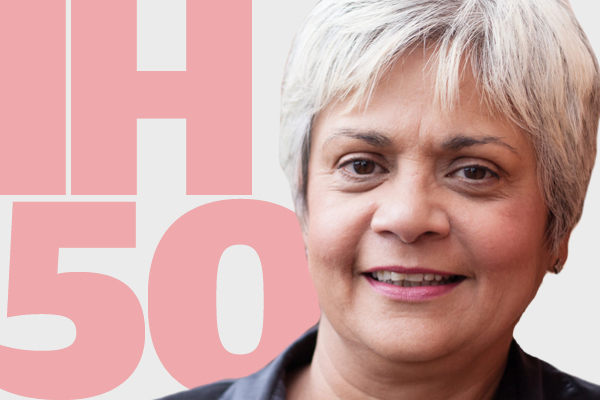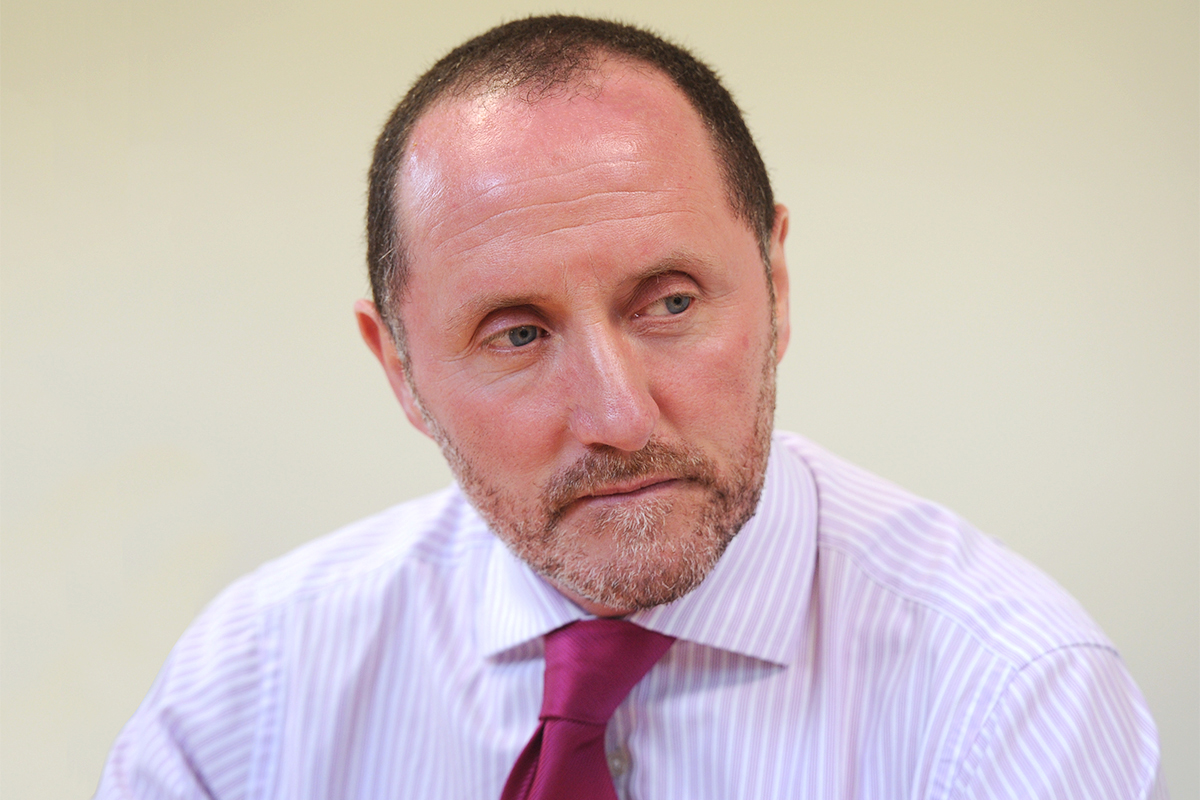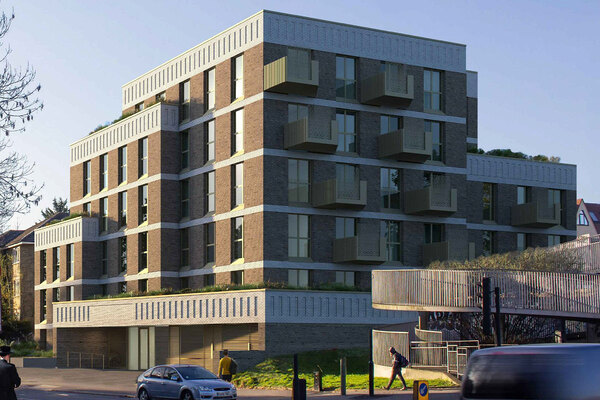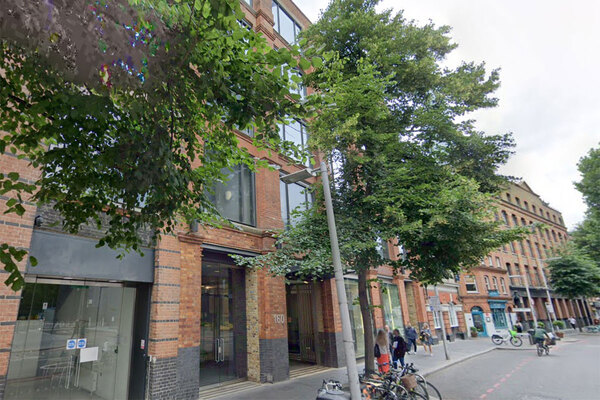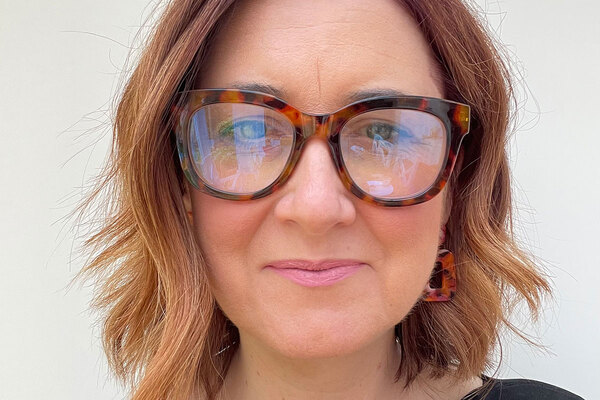You are viewing 1 of your 1 free articles
Housing’s diversity challenge
Housing leadership has long lacked diversity – and a new Inside Housing survey shows the situation isn’t improving. Jess McCabe investigates. Illustration by Vanessa Dell
The majority of housing’s leadership is white and male – and little has changed in the past two years. This is the conclusion of Inside Housing’s second investigation into diversity in housing associations’ top jobs.
It comes as we launch our Inclusive Futures campaign on diversity in housing’s leadership, and after consultancy Altair published a major report calling for social landlords to take five steps to improve the representation of black and minority ethnic (BME) people in management roles (see box: Altair’s five commitments).
The numbers from the survey carried out by Inside Housing are particularly stark when it comes to race, revealing a sector that is led overwhelmingly by one demographic: white people.
To give some perspective on what the numbers mean in reality, only three out of the 64 housing associations that responded to Inside Housing’s survey are led by a BME chief executive. And only one of those is a woman – Geeta Nanda, chief executive of 38,000-home Metropolitan.
Even if you widen the scope to look at all executives across these housing associations – the most senior managers in the business – a shockingly low 15 out of 331 are BME, or 4.5%.
That means nearly three-quarters of housing associations have an executive team that is completely white, and two are led entirely by white male executives.
No association told us it had more than two BME executives. Inside Housing contacted the two organisations entirely led by white male executives to find out if the limited demographics of their executive teams was on their radar.
North Hertfordshire Homes is one of them – the 9,000-home association didn’t offer anyone for interview, but in a statement its company secretary Molly Clark says this is partly because the team is small – made up of three executives.
The organisation is more diverse lower down the management scale, she says, and has “seven senior management roles that report directly to the executive team. Of the seven roles, there are five women, of whom two are of BME origin”.
Great Places Housing Group, another association that has an all-white, all-male executive, makes a similar argument.
Its chair, Tony Davison, says that the executives are supported by a team of 10 directors.
“Although the executive team is entirely male, the director.... team is comprised of a majority of women,” he says. “We are confident, therefore, that our governance and senior leadership teams promote equality and diversity in our decision-making.
“The board has recently adopted a new equality and diversity strategy and is committed to ensuring our succession planning for the board and senior leadership team recognise the need to make sure we promote opportunities in the right places to ensure we attract a diverse range of candidates.”
READ ABOUT OUR INCLUSIVE FUTURES CAMPAIGN
While some parts of the country are more white than others, the local demographics were not mentioned by any of the associations Inside Housing contacted for comment. In its report, Altair suggests using the demographics of an organisation’s tenants as a benchmark.
Boards – which are typically drawn from a wider pool of talent outside the housing sector – are slightly more representative than executive teams in terms of race, gender, disability, sexuality, and tenant representation (tenants make up just over one in 10 board members).
For example, 50 board members identify as BME out of 735 in total (or 6.8%). However, 18 associations told us they have all-white boards, and a further 10 associations were not able to say because they did not hold this information on all or some of their board.
These results show negligible change since the start of 2016, when Inside Housing first carried out this survey. At that time, 4% of executives were BME, alongside 7% of board members, compared to 4.5% and 6.8% respectively today.
Steve Douglas, co-chief executive of Altair, says: “The figures are a sobering reminder that our reality is different from our rhetoric. The talent is there – if it’s not getting through, we should recognise it’s our sector’s problem and address it urgently.”
Some associations are already taking action. Optivo, recently formed from the merger of Amicus Horizon and Viridian, has decided to set “aspirational targets” for appointments to the board in future, says its executive director of people and communications, Kate Dodsworth.
The aim is for half of new board members to come from “protected groups” – such as BME people, women, disabled people or the LGBT community.
“The figures are a sobering reminder that our reality is different from our rhetoric.”
“The world is awash with talented people from these groups,” says Ms Dodsworth. “First of all you’ve got to acknowledge there’s a problem,” she adds, but says that it is time “to move to action – we’ve been lamenting [the problem] for years now”.
When it comes to taking further steps, one idea is the ‘Rooney rule’ taken from American football, where it was used to ensure that at least one minority candidate was included on the interview list for recruiting coaches. “For the future, it’s something I would consider,” says Ms Dodsworth.
Altair’s report sets out the five steps that landlords should be taking on race, and this week Inside Housing’s Inclusive Futures campaign is calling for the sector to champion diversity more widely – and sign up to the concrete steps we set out. The blueprint for action exists – now it is down to the sector to respond.
Women in housing
Women make up 39% of executives and 36% of board members, Inside Housing’s survey revealed. This is up slightly on our 2016 survey, when we found women made up 37% of executives – albeit from a larger sample size.
Although there is still a problem of male over-representation at the top, the sector performs better than the economy at large. For example, 42 out of 64 associations – or roughly two-thirds – are led by male chief executives. Compare this to the FTSE 100, where out of the 100 biggest companies listed on the London Stock Exchange, 94 are led by men.
Looking at the wider executive team – which is the likely pool for future housing chief executives – and 36% have executive teams made up of half or more women.
Men are still over-represented in leadership positions compared to their proportion of the workforce (53%), but housing leaders are broadly more representative of women than most industries nationally.
Two associations are led by all-female executive teams, a sight that is extremely rare in private sector organisations.
“We get comments,” says Sasha Deepwell, chief executive of 7,570-home Irwell Valley, one of these associations. She says these comments are made particularly in meetings with bankers and people in other male-dominated sectors.
“Not negative comments, but it’s noticed. Nobody would say ‘that’s unusual’ when presented by an all-male team.”
Wellingborough Homes is also led by all women executives. Jo Savage, chief executive of the association, says: “We are very proud to have an executive team who were recruited because they were the best people for the job. “In this case, it has resulted in an all-female executive team. We hope this inspires young women across the housing sector and assists in increasing the trend of more female executives.”
In numbers: housing association leadership diversity
3
BME chief executives
4.5%
Percentage of members of executive teams who are BME
50
BME board members
10
Executives who identify as LGBT
4.5%
Percentage of board members with a disability (33)
10.7%
Percentage of board members who are tenants
Source: Inside Housing survey
Altair's five commitments
Report annually on key diversity statistics
Altair argues this should include pay gap calculations based on race or ethnicity “at the very least”.
Set boards and committees aspirational targets to recruit from under-represented groups
This should not only be reported internally but also monitored and publicised.
Interview a more diverse pool of candidates
Altair recommends that organisations should commit to interviewing at least one BME candidate for any senior leadership position, wherever possible. If not possible, they should explain why in their annual report.
Develop the leadership pipeline
This includes placing a greater focus on developing the talents of junior BME individuals.
Lead by example
Chief executives and boards should take a proactive and visible role in monitoring the implementation recommendations 1-4. Organisations should commit to diversity pledges, eg the principle of not participating in non-diverse panels and encouraging staff from diverse backgrounds to speak at events.
Sexual orientation and disability: the data gap
The figures for representation of LGBT people and disabled people in housing’s top jobs are also worryingly low. For example, only 12 out of 735 board members identify as LGBT, along with 10 executives out of 331. Responses to our survey suggest only two disabled executives.
However, it is difficult to draw conclusions because the vast majority of the 64 housing associations said they were not able to answer questions on sexual orientation or disability, as they did not hold the data.
The most common response was “not known”. It is hard to draw conclusions on how much leadership is tapping into the talent pool of LGBT people or disabled people.
A large number of associations are not routinely collecting this information when they ask staff about their demographics – and it may be that people do not feel comfortable enough in their work environment to disclose it.
When it comes to asking staff about sexuality and gender identity, Sasha Deepwell, chief executive of Irwell Valley, says that some organisations may feel discomfort asking the question, but notes this is now common in the private sector.
In a report titled Do Ask, Do Tell, campaign group Stonewall points out that data gathering can show hidden barriers faced by LGBT staff.
“Monitoring exercises can also send powerful signals of alliance with your LGBT employees. It lets them know that you are thinking of them. It lets them know that they are not alone,” the report says.
Three BME chiefs speak
“If you’d have said 10 years ago that there’d be so few of us now I wouldn’t have believed you! We’re an ostensibly inclusive sector – at least we talk the talk. There’s no lack of ability among BME people in housing associations, so there’s a complex array of other factors in play. I’ve no doubt one of them is that when boards come to make the key appointment decision, too often they’re reluctant to move away from what they’ve always done. I’m optimistic that things will change. I’m just surprised it’s taking so long. I suspect we can now learn from other sectors, whereas I hoped we’d be the exemplars.”
Alan Brunt, chief executive, Bron Afon
“Given the society we live in, the proportion of BME leaders in housing is unacceptably low. The sector needs to ensure that our leadership is reflective of the diverse communities we serve. This is an issue that needs to feature more highly in discussions at board level.”
Chan Kataria, group chief executive, EMH Group
“This survey is a wake-up call for the sector – it shows it has a long way to go to achieve diverse leadership. We need to make this a priority. Visible, diverse leadership encourages others to achieve their own leadership potential. This is especially important at a time when the sector is seeing little movement at the top and mergers are resulting in fewer opportunities for progression.”
Geeta Nanda, chief executive, Metropolitan
